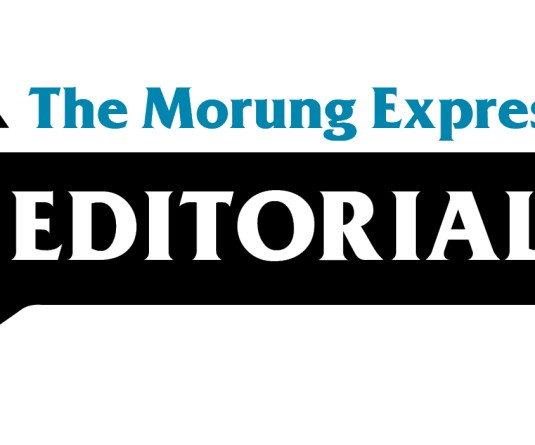
That there is an overwhelming desire for peace in Assam is clearly manifested by the large turnout of an estimated 68 per cent of the 92 lakh electorate casting their votes in the first phase of assembly elections on Monday. This is in sharp contrast to militancy-marred democratic exercises in the last several decades in which the bullet rather than the ballot counted for more. At the end of the day, the common people want the basic condition of life to be addressed. Peace and security for their homes is more important than high sounding political slogan and it is this human want more than anything else that has drawn the common people into the polling booths.
While armed outfits like the ULFA and NDFB may have in the past resorted to boycott and violence by deciding to keep away from the election this time round, they have taken an important political step. The ULFA leadership may now be realizing that the best weapon there is to advance its case is not so much a military one but rather a political process and the fact that ULFA chairman Arabinda Rajkhowa has asked the people to vote for the party which would raise the issue of Assam’s “sovereignty” only reiterates the point that the ULFA may finally use the mainstream political mechanism inside out to address its grievances with New Delhi. As such there is every chance that a process similar to the one in neighboring Nagaland may be in the offing with the Government of India.
All eyes will therefore be on the outcome of the Assam elections and how this will impact on the State and region as a whole will be keenly watched. An interesting statistics on electoral trends in Assam is that no party has been able to return to power through successive terms. While in the 1991 Assembly elections it was the national Congress party that won, the regional party AGP was able to win at the hustings during 1996. The Congress likewise retuned to power during the 2001 elections. Interestingly, on all the occasions the unseen hand of the ULFA played a decisive role so to say. Even though the ULFA has decided to remain ‘equi-distant’ from the political parties during the ongoing elections, it is probable that the outfit may have already worked on a political equation to suit its future political prospect.
As far as the past trends of poll arithmetic go, it is unlikely that the present AGP, fragmented as it is, will be able to repeat the trend of returning to power. Neither is it likely that the Congress will defeat the anti-incumbency factor. A Nagaland like scenario may emerge in the political landscape of Assam. This means that even if the Congress were to become the single largest party in the 126 member Assembly, a hung verdict is more likely in the offing. In such a political scenario regional players like the AGP or the BJP if they have the numbers, may be able to form a post-poll alliance carrying along with them the other significant element—the Independent candidates who may prove crucial in government formation. A coalition arrangement may after all be a welcome change for addressing the plurality of issues and voices unless off course the ballot decides otherwise.






